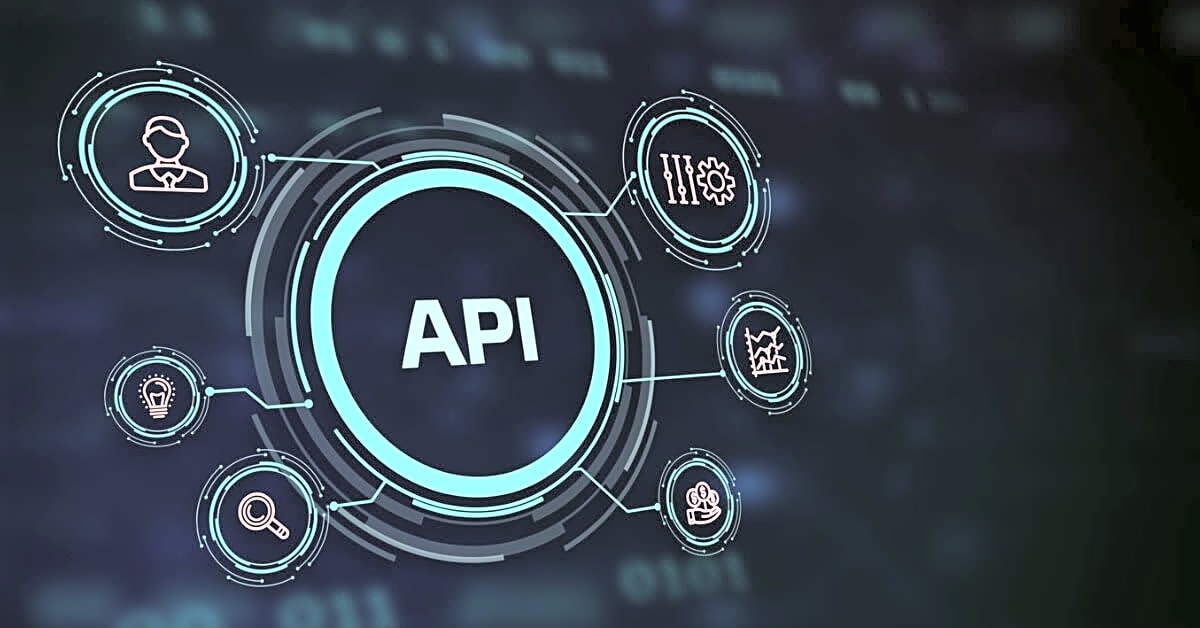In today’s fast-paced business world, the need for seamless data transfer between various systems and platforms has become increasingly important. As companies strive to stay competitive and efficient, the ability to quickly and accurately transfer data has become a crucial factor in their success. This is where developing API connections comes into play. By creating a connection between different applications, businesses can easily transfer data and automate processes, saving time and resources. In this article, we will explore the best practices for developing API connections for seamless data transfer, and how it can benefit your business. From marketing automation services to custom development and integrations, we will cover all the essential aspects of API connections and their role in modern business. So, let’s dive in and learn how to make the most out of this powerful tool.
The first thing to understand about API connections is what they are and how they work. API stands for Application Programming Interface, and it serves as a bridge between different software systems. Essentially, it allows for communication and data transfer between different applications, making it easier to automate processes and share information. This is especially useful for marketing automation, as it allows for a more cohesive and efficient strategy.
In today’s fast-paced marketing landscape, businesses are constantly looking for ways to streamline and automate their processes. One key tool in achieving this is through API connections, which allow for seamless data transfer between different software and applications. This means that businesses can easily integrate different systems and share data in real-time, without the need for manual input or data entry.
For those interested in marketing automation, understanding and utilizing API connections can greatly enhance their strategy. By using APIs, businesses can create a more streamlined and efficient workflow, automating tasks such as data collection, analysis, and reporting. This not only saves time but also reduces the risk of human error, ensuring that data is consistently accurate and up-to-date.
Developing API connections for seamless data transfer may seem like a daunting task, but with the right approach, it can be a straightforward process. The first step is to identify the APIs that are needed for your specific needs. This may involve researching different APIs available in the market or working with a custom development team to create a customized solution.
Once you have identified the APIs you need, the next step is to integrate them into your existing systems. This may involve working with a developer or using API integration tools to connect your applications together. The key here is to ensure that the APIs are properly configured and tested to ensure smooth data transfer.
Another important aspect of developing API connections is security. As APIs handle sensitive data, it is crucial to implement proper security measures to protect against any potential breaches. This may include using encryption, authentication protocols, and monitoring tools to ensure the safety of your data.
In conclusion, APIs play a vital role in streamlining and automating processes for businesses, especially in the realm of marketing automation. By understanding and utilizing API connections, businesses can create a more efficient workflow and enhance their strategy. However, it is important to approach API development with careful planning and attention to security to ensure the seamless transfer of data between different applications.
How to Effectively Implement API Connections
use HTML structure with only for main keywords and
for paragraphs, do not use “newline character
Benefits of Using API Connections for Marketing Automation
In today’s fast-paced marketing landscape, businesses are constantly looking for ways to streamline and automate their processes. One key tool in achieving this is through API connections, which allow for seamless data transfer between different software and applications. By automating processes through API connections, businesses can save time and resources while also ensuring that data is transferred accurately and consistently.
One of the main benefits of using API connections for marketing automation is increased efficiency. With API connections, data can be transferred quickly and automatically, eliminating the need for manual processes. This not only saves time but also reduces the risk of human error.
Another benefit is improved data accuracy. With API connections, data is transferred consistently and without the risk of human error, ensuring that the information being used for marketing automation is reliable.
Lastly, using API connections can also reduce manual tasks. By automating processes, businesses can free up time that would have been spent on manual tasks, allowing employees to focus on more important tasks that require their expertise.
In conclusion, API connections are a valuable tool for streamlining and automating marketing processes. By understanding their benefits and effectively implementing them, businesses can enhance their marketing automation strategy and achieve greater efficiency and accuracy. As the world of marketing continues to evolve, API connections will likely play an even bigger role in driving success.


